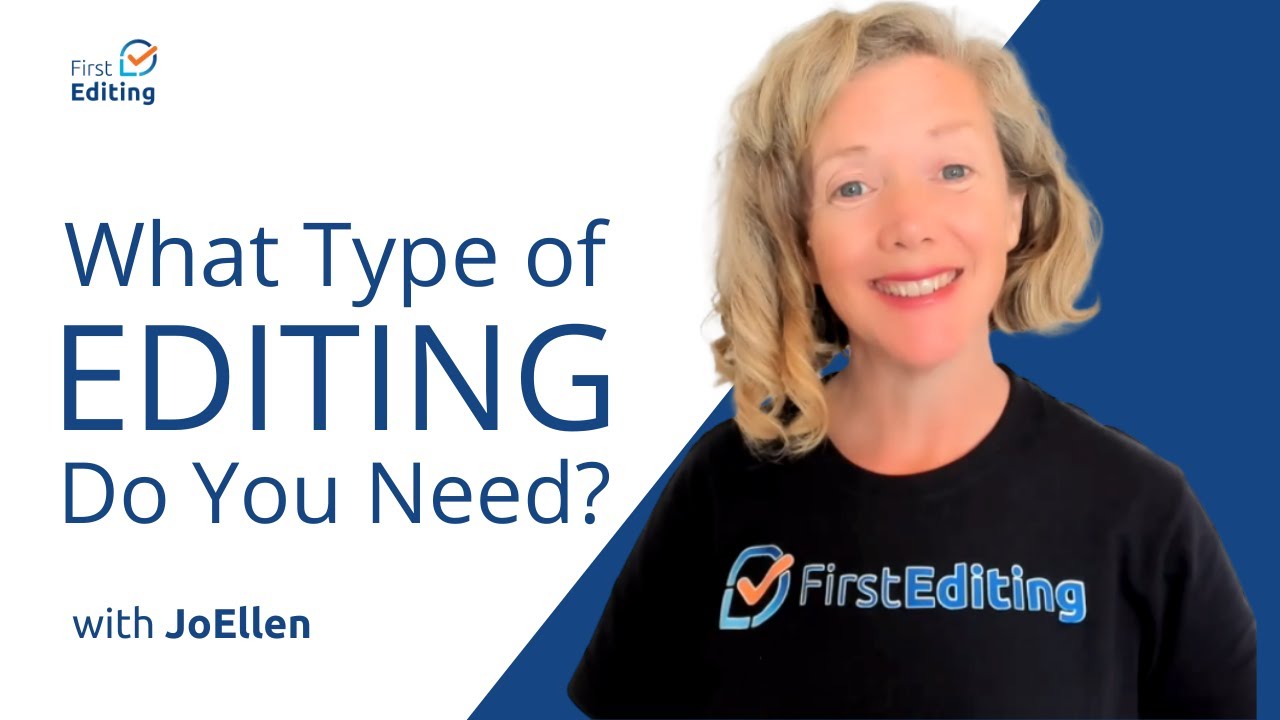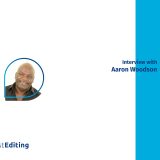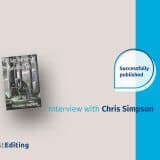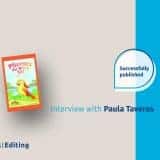
Transitional words or phrases are used in speech and in writing to link parts of a sentence. They create flow between adjacent sentences, create an emphasis, or clarify meaning. These links offer some transitions for what the writer/speaker is trying to convey.
The above links of examples of transition words are by no means exhaustive. They give some ideas of the usefulness of transitioning in your writing.
Examples of Transition Words
Additional examples of transition words along with sentences using them correctly:
Comparison
- Similarly
- Likewise
These and similar phrases are typically used at the start of the sentence to improve flow and indicate agreement between statements.
Example:
Smith (1999) was of the view that the Stroop Test provided reliable results. Similarly (Likewise), Jones (2004) opined that this approach could serve as a reliable indicator of language acquisition.
Contrast
- Nonetheless
- However
- On the other hand
- In contrast
- Conversely
Use the words above typically at the start of a sentence to emphasize that what follows contrasts with the preceding statement.
Example:
According to Smith (1999), the Stroop Test provided reliable results. However (On the other hand, In Contrast, Conversely), Jones (2004) opined that this approach cannot serve as a reliable indicator of language acquisition.
Cause
- Since
- Because
- For that reason
Again, use these phrases at the start of the sentence to indicate that one is a condition (cause) for the other.
Examples:
Since he was late for class, he had less time to do the test.
He had less time to do the test because he was late for class.
He was late for class; for that reason, he had less time to do the test.
Effect
- Thus
- Therefore
- Hence
- Consequently
- Accordingly
The examples above indicate a relationship between adjacent statements, as shown in the examples below.
His experiment had failed, and he thus had to do it again.
His experiment had failed; thus (therefore, hence, consequently, accordingly), he had to do it again.
Clarification
- Put differently
- In sum
- In other words
- That is to say
These phrases are used to paraphrase or summarize what has been stated in the preceding sentence, as shown below.
The authors reported a positive correlation between the duration of the study and English proficiency. Put differently (In other words, That is to say), the longer the participants studied English, the better their performance on proficiency tests.
Transition Words
- Frequently
- Although
- Probably
- Likely
- Never
Unlike the examples above, these words are typically used within a single sentence to add further explanation, as shown below.
He would frequently visit his grandmother.
Likely (Probably), he would visit his grandmother soon.
He never leaves more than a week between his visits, although he lives far away.
- Furthermore
- In addition
- Moreover
- Further
This form is useful when providing descriptions for which lists are not appropriate, as they are either too long or comprised of complete sentences.
The data collection involved pre- and post-tests. Furthermore (Also, Further, Moreover), the researchers conducted field observations.
- Meanwhile
- In the meantime
- While
- During
- Simultaneously
- Immediately
- After
- Never
- Concurrently
The list above provides only a small subset of examples, but it demonstrates that these phrases are used to indicate the timing of events shown by adjacent sentences.
During class observation, the teacher provided general instruction. The first researcher took field notes concurrently with completing the rubrics. Simultaneously, the second researcher video recorded the session, while children did their group activities.
- In order to
- So that
- For that purpose
- To that end
As implied by the wording of these phrases, use these at the start of the second statement to explain why something was done.
She passed her driving test to be able to apply for a new job.
She passed her driving test so that she could apply for a new job.
The advertised position required frequent travel; to that end (for that purpose), she passed the driving test.
As indicated above, transitional phrases are immensely useful for improving the clarity and style of your writing. They are also commonly used to indicate a place, summarize information, illustrate or highlight important facts, for intensification, concession, etc.
Originally posted 12/3/2015 and happily updated 10/28/2017. Thanks for reading!










